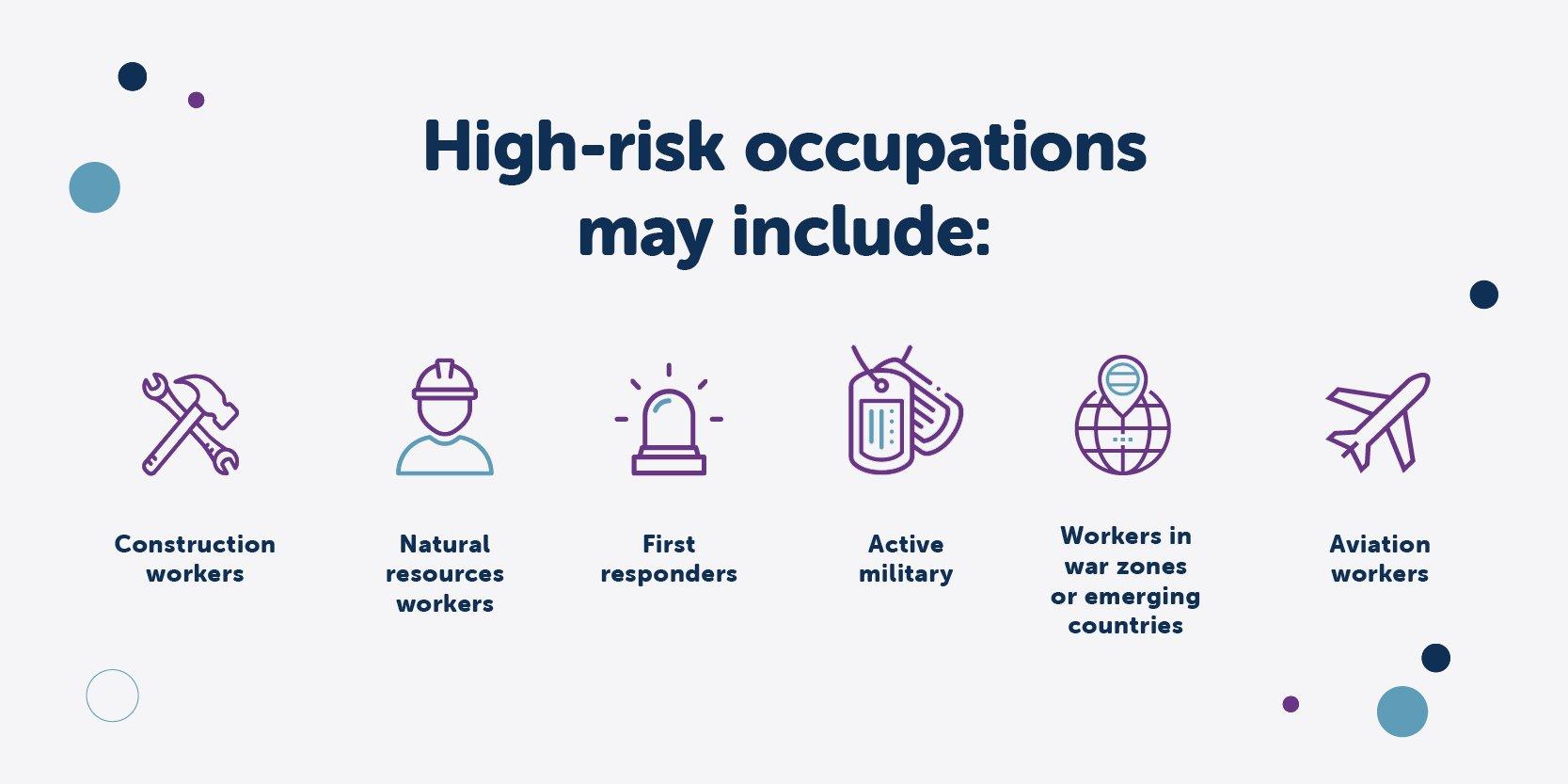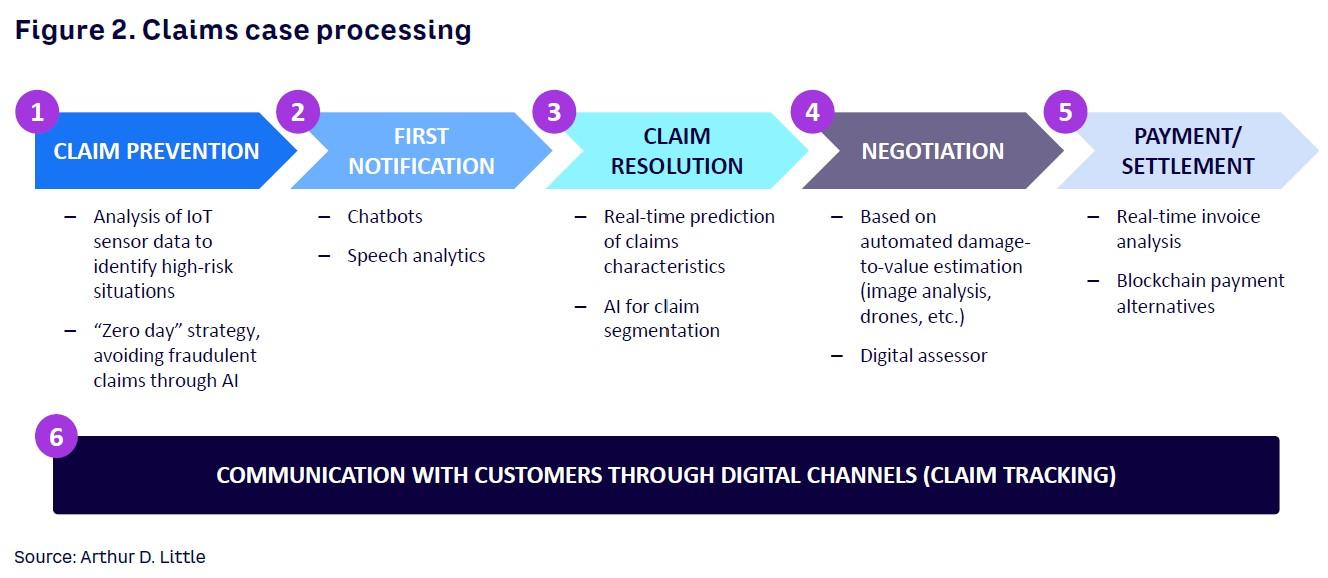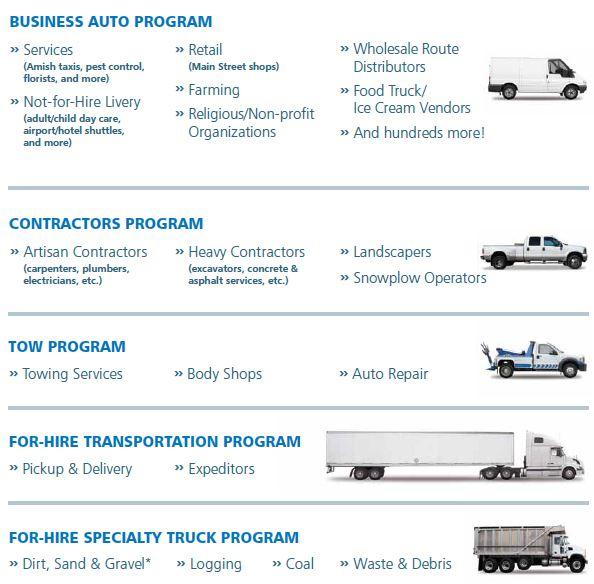In the ever-evolving landscape of commercial trucking, one of the most critical factors determining the success of a transport business is the choice of insurance coverage. As fleets hit the open road, the unpredictability of risks associated with heavy hauls and long-distance journeys looms large. For truck operators, understanding the nuances between high-risk and standard truck insurance providers is paramount. While both categories offer essential protection,their pricing structures,coverage options,and risk assessments can vary dramatically,impacting operational costs and liability management. This article ventures into the intricate world of truck insurance, unraveling the distinctions between high-risk and standard providers, empowering truckers with the insights they need to make informed decisions that safeguard their livelihoods on the road.
Exploring the Distinct Landscape of High-Risk and Standard Truck Insurance
The world of truck insurance is as varied as the vehicles it covers,especially when it comes to distinguishing between high-risk and standard policies. High-risk truck insurance is designed for drivers and fleets that present certain challenges, such as a history of accidents, traffic violations, or driving a particularly large or specialized vehicle. Common factors that influence the classification into high-risk categories include:
- Driving History: Previous claims or multiple traffic violations.
- Type of Cargo: Hauling hazardous materials or valuable goods.
- Vehicle Type: specialty trucks or those with a high likelihood of theft.
In contrast, standard truck insurance caters to those with a clean driving record and lower-risk profiles. This type of coverage often features more competitive premiums, thanks to the reduced likelihood of claims and safer driving habits. The benefits of standard truck insurance may include:
- Lower Premiums: Less risk translates to more reasonable rates.
- Expanded Coverage options: More flexibility in selecting add-ons.
- Simpler Claims Process: Typically, fewer complications arise when processing claims.
| insurance Type | Key Features | Cost |
|---|---|---|
| High-Risk | High premiums; tailored policies | Higher |
| Standard | More affordable; wider options | Lower |

Evaluating Coverage Options: What Sets High-Risk Providers Apart
When it comes to selecting coverage options for high-risk trucking operations, several factors distinguish these providers from their standard counterparts. High-risk insurers typically offer specialized policies tailored to the unique challenges faced by operators in this category. They recognize that drivers with a history of accidents or violations may require more flexible terms, which often results in coverage that includes:
- Higher Liability Limits: Essential for protecting businesses against meaningful claims.
- Broader Coverage Options: Including equipment and cargo that might be at greater risk.
- Customized Premiums: Reflecting the operator’s specific risk profile.
- Flexible Payment Plans: Allowing for better cash flow management.
In contrast, standard truck insurance providers may offer more generic policies that do not address the nuances of high-risk operations. Their coverage often comes with stringent requirements and limitations, making it less suitable for those who don’t fit into the conventional mold. Below is a brief comparison of key aspects:
| Aspect | High-Risk Providers | Standard Providers |
|---|---|---|
| Premium Costs | Higher, but tailored | Lower, but inflexible |
| Claim Process | Streamlined for high-frequency claims | Standard procedure, might potentially be slow |
| Customer Service | specialized support teams | Generalized support |

Cost Analysis and Financial Implications of Choosing High-Risk Insurance
Choosing high-risk insurance can lead to considerable financial impacts that require careful consideration. Premiums for high-risk truck insurance are typically higher than those of standard providers due to the increased probability of claims. These costs can escalate further for fleets or individual truckers with a history of accidents, claims, or poor driving records. additionally, policyholders might face deductibles that are higher than average, creating an immediate financial burden in case of an accident. Here are some key factors to keep in mind regarding costs:
- Increased monthly premiums
- Perhaps higher deductibles
- Restrictions on coverage that can lead to out-of-pocket expenses
- Limited options available in the market
Furthermore, understanding the long-term financial implications of high-risk insurance is crucial for sustainable business operations. Over time, businesses may find themselves paying significantly more compared to a standard policy, which can affect overall cash flow and profitability. The table below provides a swift comparison of estimated costs between high-risk and standard insurance:
| Insurance Type | Average Monthly Premium | Typical Deductible | Claims Frequency |
|---|---|---|---|
| High-Risk | $1,200 | $2,500 | 1 in 5 |
| Standard | $800 | $1,000 | 1 in 10 |
Choosing high-risk insurance may offer necessary coverage for specific circumstances, but it is indeed vital to factor in the long-term financial implications when making this decision. Conducting a thorough cost analysis will empower truckers and fleet operators to make informed decisions that align with their financial strategies.

Navigating the Claims Process: A Comparison of Service Quality
The claims process can often feel like navigating a maze,especially for high-risk versus standard truck insurance providers. Understanding the differences in service quality can significantly impact outcomes and customer experiences. High-risk providers typically offer more tailored claims management services, with dedicated claims adjusters who possess expertise in handling complex cases.This can lead to faster resolutions and a more personalized experience.In contrast, standard providers may prioritize volume over service, often resulting in longer wait times and less individualized attention.
As you evaluate your options, it’s essential to consider the following aspects of service quality:
- Claim Processing Speed: High-risk insurers often manage smaller client bases, allowing for quicker claim processing.
- Customer Support: Access to 24/7 support can be more readily available with high-risk providers.
- Adjuster Expertise: Specialized adjusters for high-risk claims can lead to more effective claim resolutions.
- Transparency: Understanding the claims process and keeping clients informed is more emphasized in high-risk policies.
To illustrate the differences, the table below highlights key attributes of claims processing for high-risk and standard truck insurance providers:
| Attribute | High-Risk Providers | Standard Providers |
|---|---|---|
| Claim Processing Speed | Fast and efficient | Variable, frequently enough slower |
| Dedicated Adjuster Availability | Typically assigned | Often limited |
| Claim Support | 24/7 assistance | Standard business hours |
| client Dialog | Proactive updates | Reactive communications |
Q&A
Q&A: Comparing High-Risk vs. Standard Truck Insurance Providers
Q: What distinguishes high-risk truck insurance from standard truck insurance?
A: High-risk truck insurance typically caters to drivers or companies that have a history of accidents, claims, or violations, which makes them less favorable in the eyes of conventional insurers. Standard truck insurance, on the other hand, is designed for drivers and fleets that have a safer driving record and meet the underwriting criteria of conventional insurance providers.
Q: Who might need high-risk truck insurance?
A: High-risk truck insurance is often necessary for drivers who have been involved in multiple accidents, have a DUI on their record, or operate vehicles that are considered higher risk due to their use or cargo. Additionally, new drivers or those who have been in business for a short time without a solid safety track record might also be categorized as high risk.
Q: What are the cost differences between high-risk and standard truck insurance?
A: Unsurprisingly, high-risk truck insurance usually comes with steeper premiums.Since insurers view these drivers as more likely to file claims, they adjust the premiums to offset that potential risk. Conversely, standard truck insurance offers more competitive rates for those with good driving histories and lower claim rates.
Q: Can high-risk truck insurance coverage be comparable to that of standard policies?
A: While the coverage options can be quite similar—often including liability, cargo, and physical damage coverage—the key difference lies in the pricing and in some cases the availability of certain endorsements and discounts. High-risk policies may exclude specific coverages or have higher deductibles due to the perceived risk.
Q: Are there any benefits to obtaining high-risk truck insurance?
A: Yes! Despite the higher costs, high-risk truck insurance allows drivers who may otherwise struggle to find coverage a means to get legally insured and operate their vehicles. Additionally, with a clean driving record over time, these drivers might have opportunities to switch to standard policies later on, unlocking lower premiums and better coverage options.
Q: How can a truck driver improve their chances of getting standard insurance in the future?
A: Drivers can improve their chances by adopting safer driving habits, completing defensive driving courses, minimizing the number of claims filed, and maintaining a clean vehicle inspection record. Consistently avoiding accidents and violations over a few years can lead insurers to re-evaluate their risk assessment, potentially qualifying the driver for standard insurance.
Q: What should truck drivers consider when choosing between high-risk and standard insurance providers?
A: Truck drivers should weigh factors such as premium costs, coverage options, claims handling reputation, and customer service when selecting insurers. It’s also vital to read reviews, get multiple quotes, and possibly consult with a broker to navigate the sometimes complex offerings from various insurance providers.Q: Is it possible to switch from high-risk to standard insurance providers mid-policy?
A: Typically, switching mid-policy is not common, since most insurers assess risk at the time of submission and renewals. However, if a driver improves their risk profile significantly, they can seek quotes from standard providers at renewal time or when their high-risk policy is about to expire. Always ensure that there are no coverage gaps when making the switch.Q: How can a truck driver find the best insurance provider for their situation?
A: It’s crucial for truck drivers to conduct thorough research, compare different providers, understand their specific needs, and reach out for quotes. Using online resources, insurance comparison websites, and even networking with other truckers can provide insights into which insurers offer competitive rates and the best service tailored to individual risk levels.
By understanding the nuances between high-risk and standard truck insurance providers, drivers can make informed decisions that protect their livelihoods on the road.
Future Outlook
In the intricate world of trucking,understanding the nuances between high-risk and standard insurance providers can make a significant difference for operators navigating their unique challenges. As we’ve explored,each type of insurance comes with its own set of advantages and considerations,tailored to the specific needs of different drivers and fleets. The decision ultimately hinges on a careful assessment of risk, coverage options, and the financial implications for your business.
As you embark on this journey, remember that knowledge is your most powerful ally. Whether you find yourself leaning towards a high-risk provider for its thorough coverage or a standard provider for its cost-effectiveness, ensure that your choice aligns with your long-term goals and operational realities.
the right insurance isn’t just a safety net; it’s a strategic investment in the future of your business. Stepping into the road ahead with confidence and clarity can make all the difference in steering your operations toward success.Safe travels and secure routes await you!
